Brief History of the commencement of Youth Development, School Sailing and the introduction of Disabled sailing (now known as the Community Sailing Program).
by Angus D Gordon OAM
By the 1980’s yachts were getting larger and required more crew. It was obvious that this trend would continue, so RPAYC made the decision to expand its’ small centerboard dinghy division in order to attract more young people into sailing. The junior membership category was relaxed, boat racks were built, and the previous informal training and coaching provided by a range of volunteers, was replaced by a more formal structure, as required by YA if a club was to be recognised as a training establishment. I had been a member of both BYRA and Avalon, as well as RPAYC. I completed the Instructors certificates for Sailing, Motor boating and Rescue boat operations, following an Avalon Club imitative to get some members appropriately qualified.
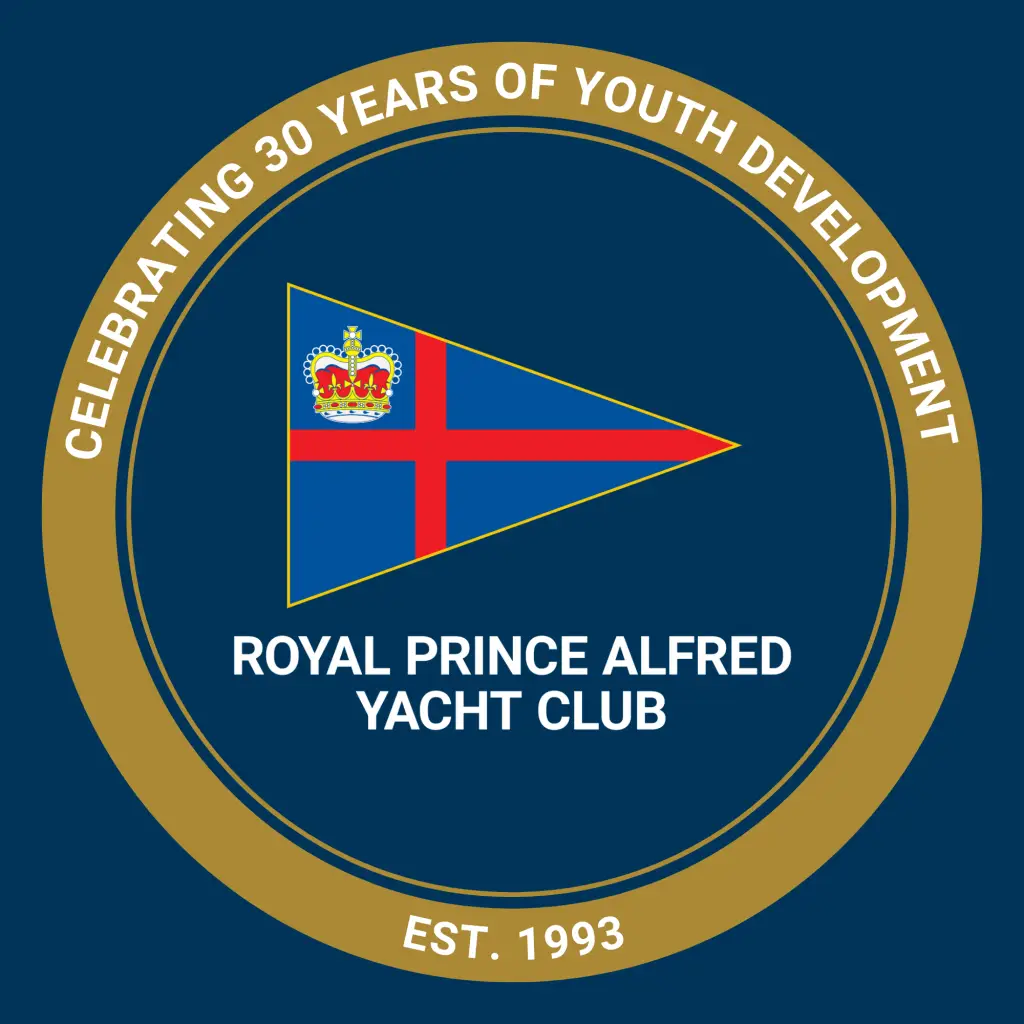
In the early 1980’s, so as to assist RPAYC become registered, I completed the YA Yachtmasters Certificate, which YA recognised as the appropriate qualification to be held by a member, for Club recognition as a training and coaching establishment. The result was a steady growth in junior sailors, who became increasingly competent and were doing well in State and National titles. By the late 1980’s, when some of these Junior members had become older teenagers and had outgrown their dinghy classes, a disappointing trend emerged whereby they tended to lose interest and “drop out” of sailing all together. After a number of surveys, and much soul searching, the problem was diagnosed as being that they were very competent in their dinghy classes, but had insufficient experience on yachts and so were often relegated to the more menial crew tasks. A number of attempts were made to deal with this issue, but they were generally unsuccessful. However, there was some success where yachts, with competent and experienced crew, were prepared to take on one of these juniors and encourage them to take up responsible positions. Unfortunately, many yacht crews lacked the patience to do this.
In the 1980’s RPAYC started to search for other, more radical solutions. Fortunately, there was a very competent boat owning member of senior years, Norm Kiddle, who was also a member of the Royal New Zealand Yacht Club. Norm pointed the way to how RNZYC had solved the problem. Royal New Zealand had instituted a “Youth Development Program” (YD), whereby older teenagers were put in charge of what could best be described as “mini yachts”, yachts only 5.9m long and capable of being sailed by 3 or 4 young people. The idea was that all those on each yacht took it in turn to take up each of the positions and so gained a wide variety of experiences in different roles. These small yachts (now better known as “sports boats”) had a standard “wardrobe” of sails and were tricky to sail with all the degree of difficulty of larger yachts.
These sports boats, provided both excellent training for those wishing to advance into large yachts but also the “thrills” and “spills” that can be experienced in larger vessels, and importantly delivered fun and excitement, an important ingredient for teenagers! Norm encouraged Richard Hudson and Simon Grosser to visit RNZYC to view the program in action. They came back sold on the idea, but the problem was, it was going to be a full-time job getting it up and running and certainly beyond the Club resources at the time. Sponsors needed to be found, boats purchased, crew found, and a training schedule established. Match racing had become popular in Australia following the America Cup win by Australia II and so it provided an excellent format for the YD program.
It was apparent someone at RPAYC was going to have to take on the job of developing a rounded program. What was needed, was someone who could seek out and talk to potential sponsors, purchase and rig boats, and coach the participants not only in sailing and rules, but also in navigation, first aid and radio operation. The aim was not just to develop competent match racers, but also crew for offshore racing yachts. I was General Manager of the Manly Hydraulics Laboratory at the time and had, for several years, been undertaking projects in a number of overseas countries in the Middle East and South East Asia, so had been away from my family much of the time, and was somewhat tired of all the travel. With my background I was an obvious contender, and with no one else silly enough to take on the task in late 1992, I was appointed to the position of establishing YD. My employer agreed to me taking a year off (without pay!) to be reviewed at the end of 12 months, as they realised, I needed a break. And so the nightmare began. I desperately needed some early sponsorship to provide me with an income. It just so happened a member of the Club was in a senior position with Caltex, and they were about to launch a petrol credit card called “Starcard”. Fortunately, Caltex agreed to a sponsorship deal which paid for an Elliott, an inflatable coach boat…and my salary! Shortly after, Club member John Ellis, had his company sponsor a second 5.9. However, it was one thing to have the sponsorship and another to get boats on the water.
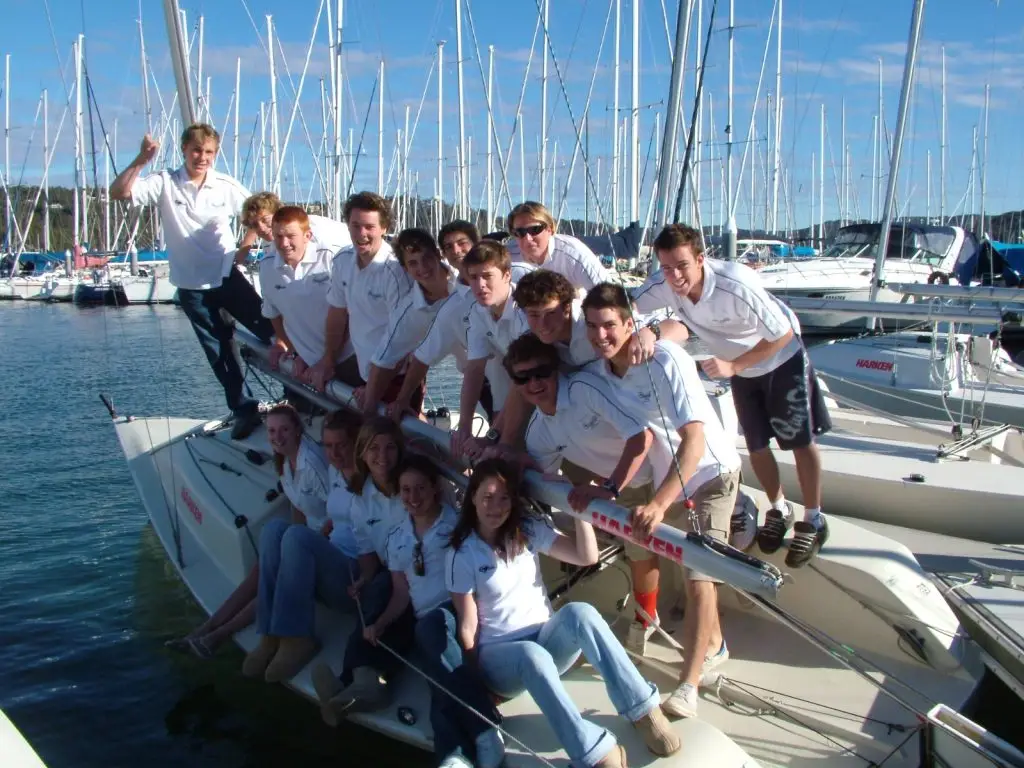
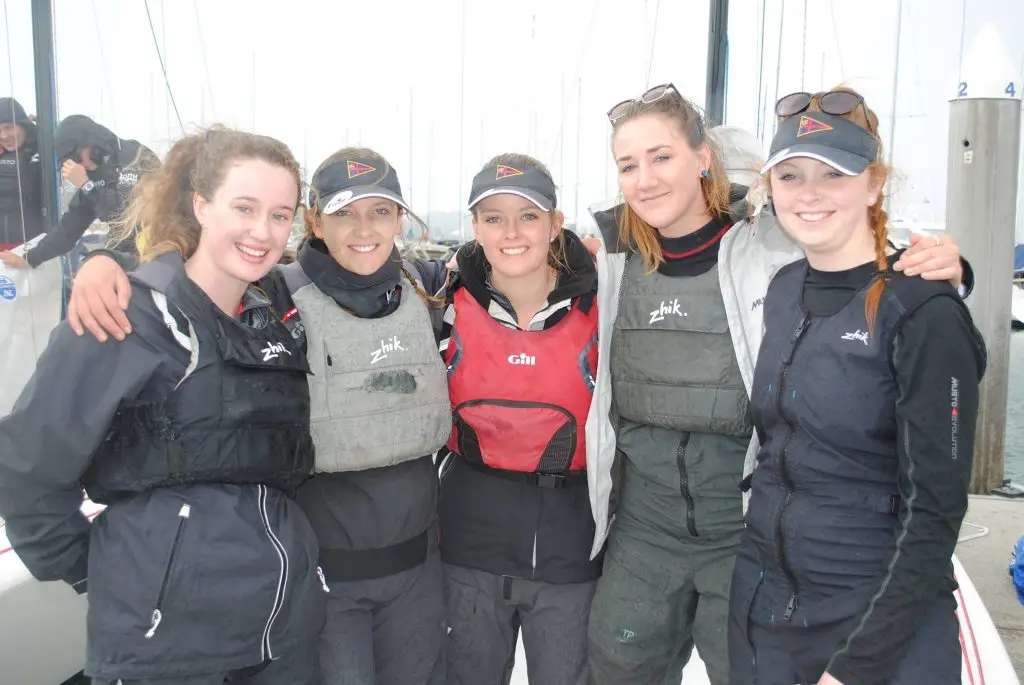
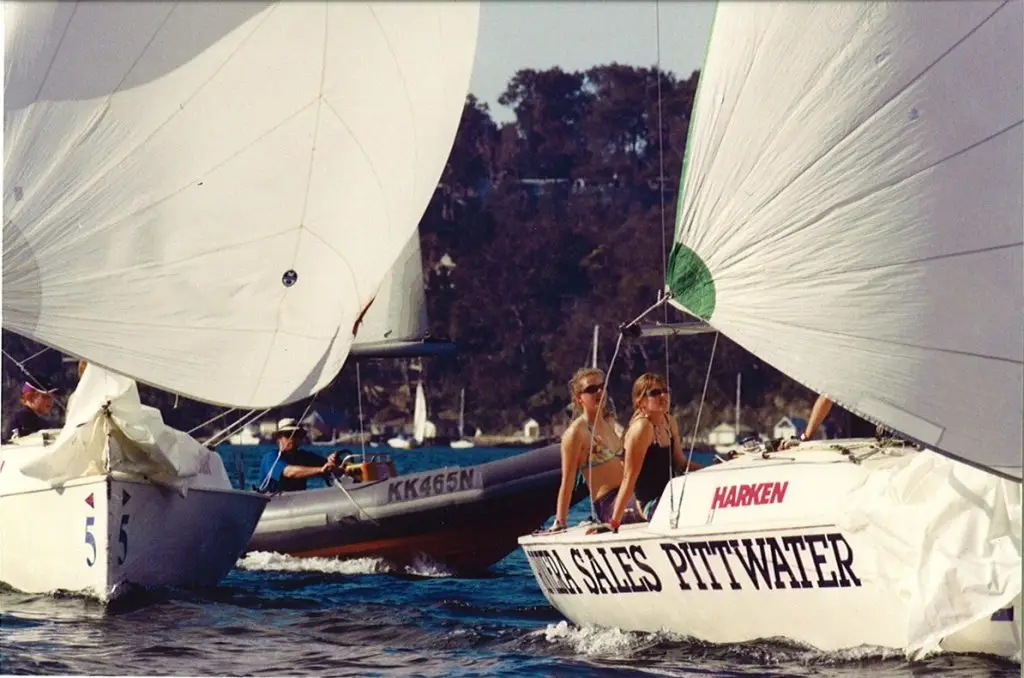
The Club put out an expression of interest, and we were fortunate to have 7 applicants for our first season in 1993. People were a bit reluctant at the time because it was such a new concept. Of the 7, one little Steve Coats, (I say little because you should see him today!) was under the age limit set for YD, and so accompanied me in the coach boat, and unofficially filled in if someone was sick or away. The other participants were divided into two teams. One was the team of Matt Coulter, Pat Langley, Justin Steel and the other the team of Brett Ellis, Heidi Gordon and Nathan Ellis. Interestingly, all have continued to sail successfully at international level, and are in businesses associated with boating, except Matt who became a commercial pilot…a different form of sailing!
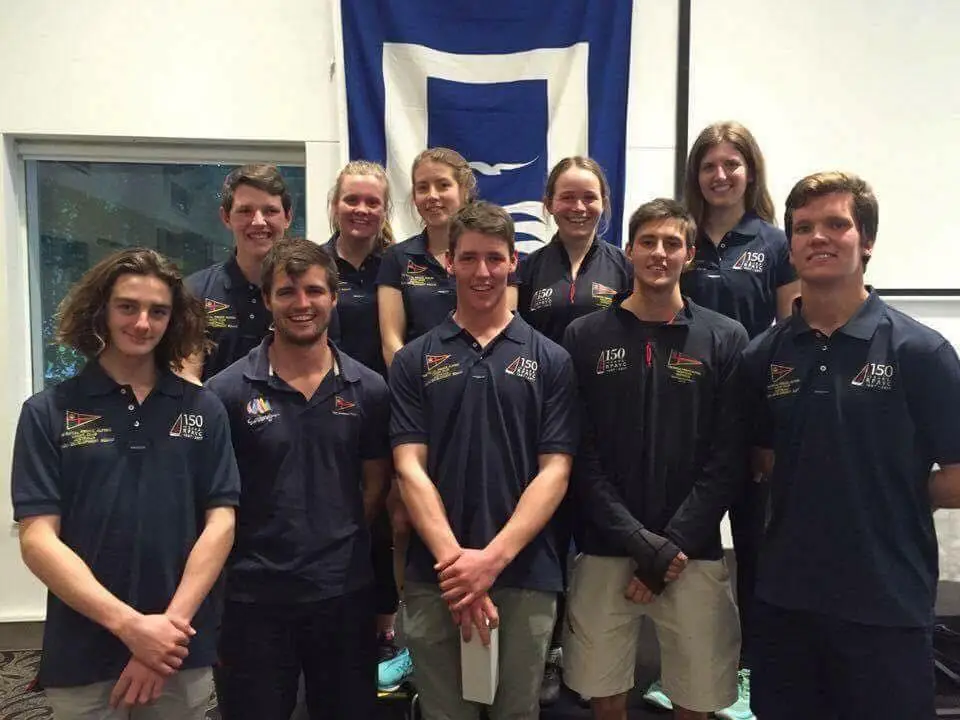

Speaking of the coach boat, the initial vessel was a 12 foot “tinny” with a 9hp outboard, hardly ideal. And, because of the time it would take to get the first two Elliotts on the water, I managed to arrange the borrowing of two of the Club Etchells. One belonged to John Ellis, and the other KA2, belonged to a gentleman who has since past. Sadly, I can’t remember his name. If you really want heart stopping excitement, try match racing in Etchells. With long overhangs at the bow and a backstay strategically placed to be easily hooked by an opposing boat’s bow as it tries to duck, we had many “exciting” moments, especially with young sailors who had been brought up on easily maneuvered light weight center-boarder, with no backstays! Fortunately, we didn’t suffer any major damage though sometimes I was amazed the masts stayed upright. It was certainly a great relief to all when the 5.9s arrived with their blunt bows and no backstays!!
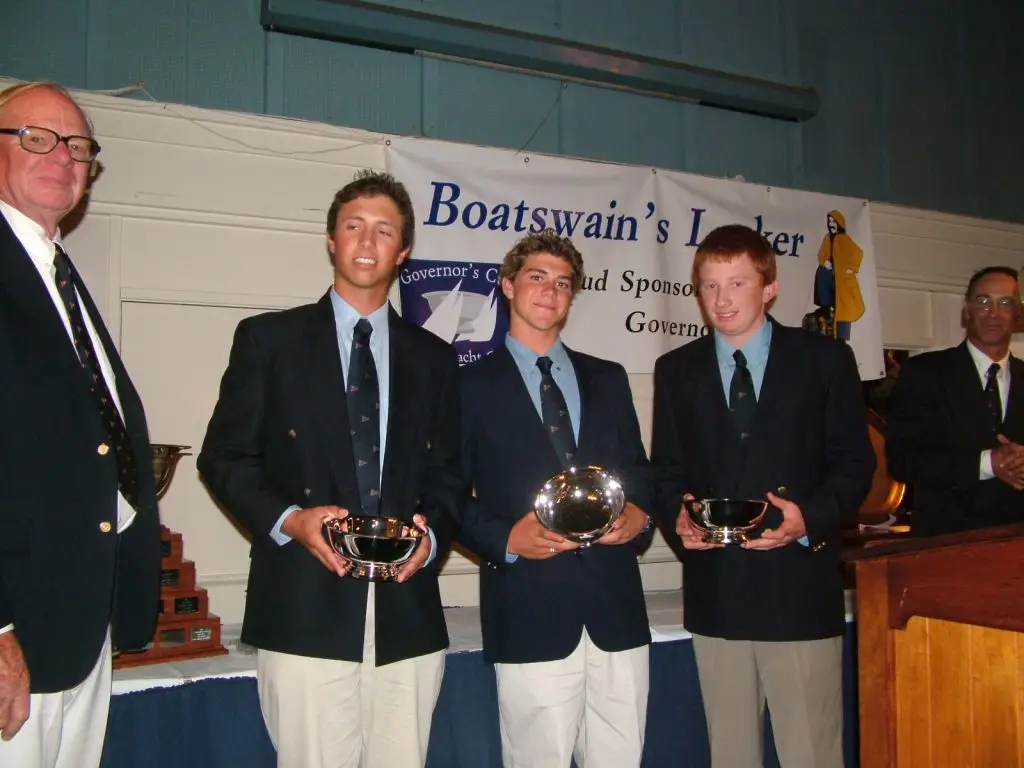
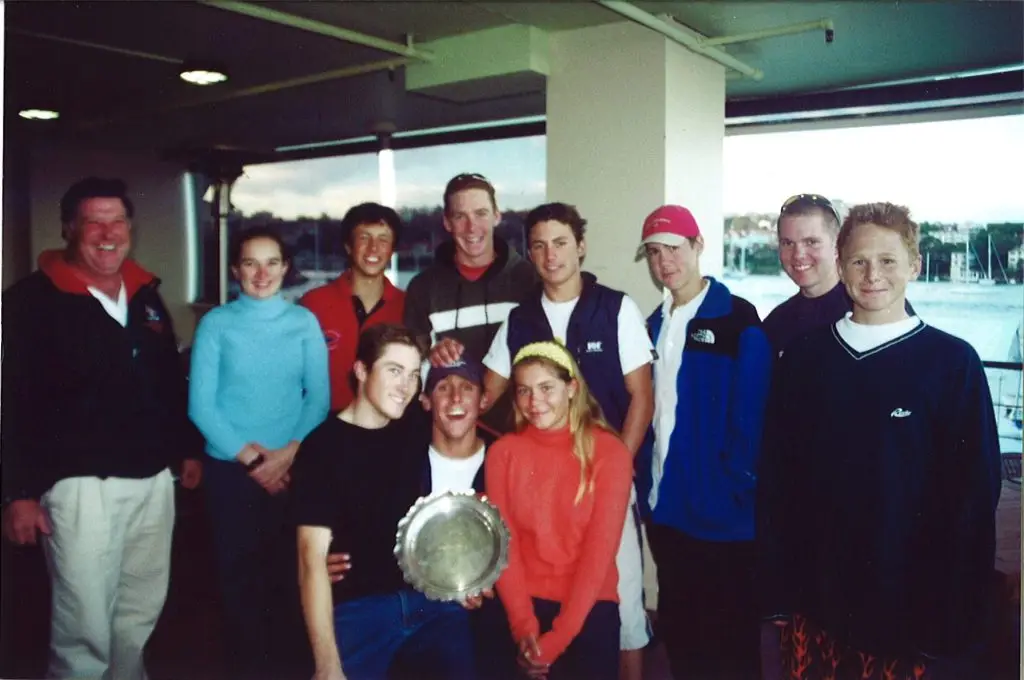
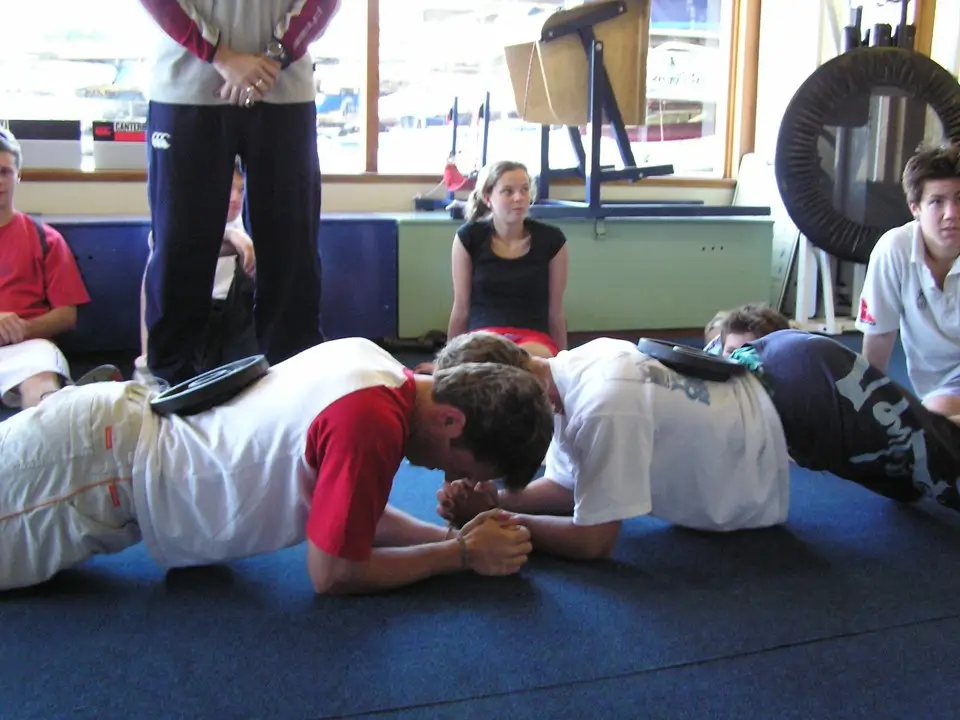
RPAYC Club members, Tony and Sue Doyle of Pacesetter Yachts, built the 5.9s and were most helpful in getting the boats built, and generous with their charges. I had looked at the New Zeeland built 5.9s and was of the view they had several potential faults. As an engineer, and someone who had built a number of boats over the years, I suggested some strengthening including a half bulkhead in front of the keel box. Pacesetter agreed, and also “beefed up” the area around the chainplates and the rudder fittings. Interestingly, the RPAYC Elliot 5.9 outlasted the rest.
Following on from the sponsorship of the first two 5.9s, Fletcher Constructions, a New Zealand construction company who had been heavily involved in sponsorship of sailing in New Zealand, and at the time were the regional distributors for the Bellingham marina pontoon systems, were engaged to replace the old piled “A” marina at RPAYC. It was logical to approach them for some sponsorship. At the time, they were just starting to market their marina system as “Unifloat” and RPAYC provided an ideal launch platform. Their subsequent sponsorship meant that 2 more 5.9s could be ordered with sufficient additional funding to keep the YD program “afloat” for the rest of the year, as well as to provide some money towards additional boats. Hence the naming of 5.9s 4 and 5 “Unifloat”.
The original concept was for 6 5.9s, so as well as running the program, I was busy seeking further sponsorship. That is, when a rather sad setback occurred. We had a good sponsor, willing to fund two more boats attend the Club, to watch the then 4 boats competing in a mini regatta. They were delighted with the event, the enthusiasm of the sailors and their parents, as well as the exposure of the boats named after their sponsors. Unfortunately, there were a small group of “nay-sayers” who had opposed the YD from the start. They were collectively referred to as the “bar flies” because they tended to hang around the bar, rather than take an active interest in supporting Club events…any events. On the day of the mini regatta, prize giving was in Halyards at the clubhouse, and as it was taking place the “bar flies” thought it was fun to interrupt the event and make loud derogatory remarks. The potential sponsor simply said that they had been ready to sign on the dotted line until the prizegiving, where it was obvious that some of the membership opposed YD. It didn’t matter what we said, that was it. The Clubs Board of Directors decided the Club would fund the purchase of the final 2 Elliot 5.9s, with the actions of the “bar flies” identified as the reason members funds had to be used. So we ended the first year with 4 E5.9s on the water and 2 being completed for delivery.
For several years RPAYC had conducted a youth regatta towards the end of the year, inviting other clubs Australia-wide and from New Zealand, Great Britain, Japan and the US to attend, which they regularly did. Ynglings, which are like a small Solings, had been used in the past, but with the 5.9s now the future, they were chosen. The problem then being, RPAYC only had 4 operational, so a quick call to my opposite number at CYCA (Dean), and we soon had their fleet committed. So, on a quiet day offshore, I took the coach RIB down to the harbour, and with Dean’s assistance, towed 6 of their 5.9s up to Pittwater. We did have to ensure that the matches were in identical boats, and given the smaller sail plan of the CYCA vessels, the matches had to be appropriately coordinated. The regatta was a great success, with the Alfreds team of Matt, Pat and Justin taking out the trophy, and being invited to the world youth match racing regatta at Royal New Zealand. The other RPAYC team also did exceptionally well, and was invited to the Governor’s Cup in California.
At the Coke Cup, as the world youth match racing was known by, the RPAYC team ended up racing the CYCA team in the semis, and made it through to the finals against New Zealand, who had won their semi against the UK team. The wind was building in the finals, so it was shortened to a 3 race event. RPAYC won the first race and RNZYC the second. In the last event RPAYC led RNZYC well away from the start line in the pre-start, maneuvering before suddenly turning at a critical moment, leaving RNZYC in their wake. As the race progressed, the wind strengthened further to over 25 kts, and RPAYC progressively extended their lead. Rounding the final mark for the run home, RPAYC had a substantial lead when disaster struck. With only about 300 metres to the finish, a very strong gust caused the RPAYC boat to bury its bow (as only a sailor of 5.9s knows how this can happen), and broached, lying on its side with the spinnaker in the water. Seeing this, the RNZYC team immediately took down their spinnaker and sailed past the RPAYC team to take out the series. A great disappointment for the RPAYC team, but a moral victory for them and for the YD program. While as coach, I attended the Coke Cup though, we had run out of funds so unfortunately, I was subsequently unable to go to California with our Governor’s Cup team. The team did very well without support, making it into the semis, but eventually finishing fourth. A credible result against a number of world ranked teams.
Racing against crack teams from New Zealand, the USA, Japan, France and Great Britain provided our YD participants with great international experience. In addition, our course including first aid, provided by St Johns Ambulance, radio skills, provided by the Technical College, and navigation meant that by the time the participants had completed the course, they were readily adopted by racing yachts as being competent crew.
Over the years many of the graduates from YD have gone on to have fulfilling yachting careers, the most famous being James Spithill who has, on several occasions, skippered the winning yacht of the Americas Cup. Apart from James, many have been involved in the Americas Cup yacht design, sail making and crewing, and have also participated in round the world racing, as well as all East Coast races. Importantly, not only have they supported RPAYC by crewing on our racing yachts, but now, those who joined the program in the 1990s have children of their own, who now are involved in our current junior fleet. So, the YD initiative has led to inter-generational memberships, placing Australia’s name on the world stage and creation of many lifelong friendships; a very important and successful investment for the Club and the sailing community. One of the early program directors and coach is now involved in preparing the Australian sailing team for the next Olympics, having coached the silver medal winning team from the last Olympics.
There are considerable costs in maintaining the fleet in good working condition, and in providing the coaching and support vessels for normal program operation, and those required for inter-club events. The current YD vessels are also now extensively used in our Community Sailing programs. Since the first YD program in 1993, the Club has renewed its fleet on two occasions with the generous assistance of Club members, who had asked to remain anonymous. The first vessels were sold at a very small charge, to a Tasmanian club, to assist in replicating the experience. The second fleet was similarly sold to Newcastle Yacht Club, whose young members are currently doing very well at inter-club events.
by
Angus D Gordon OAM

